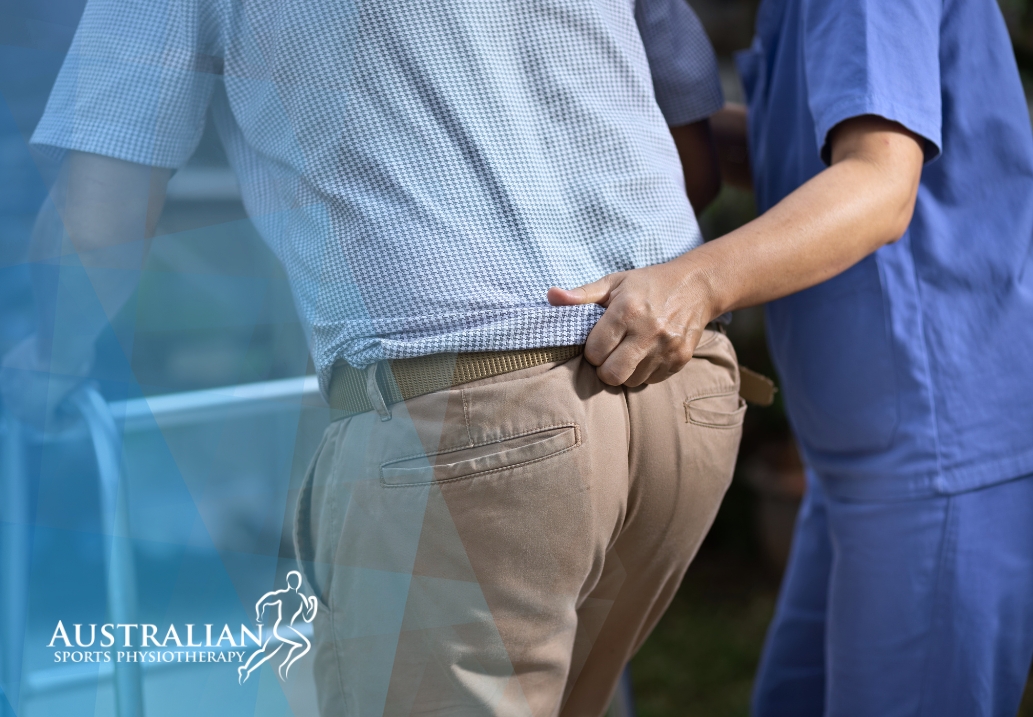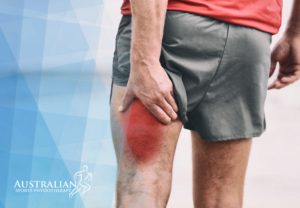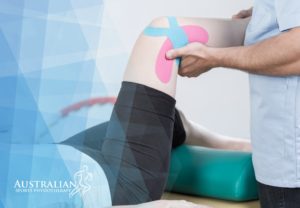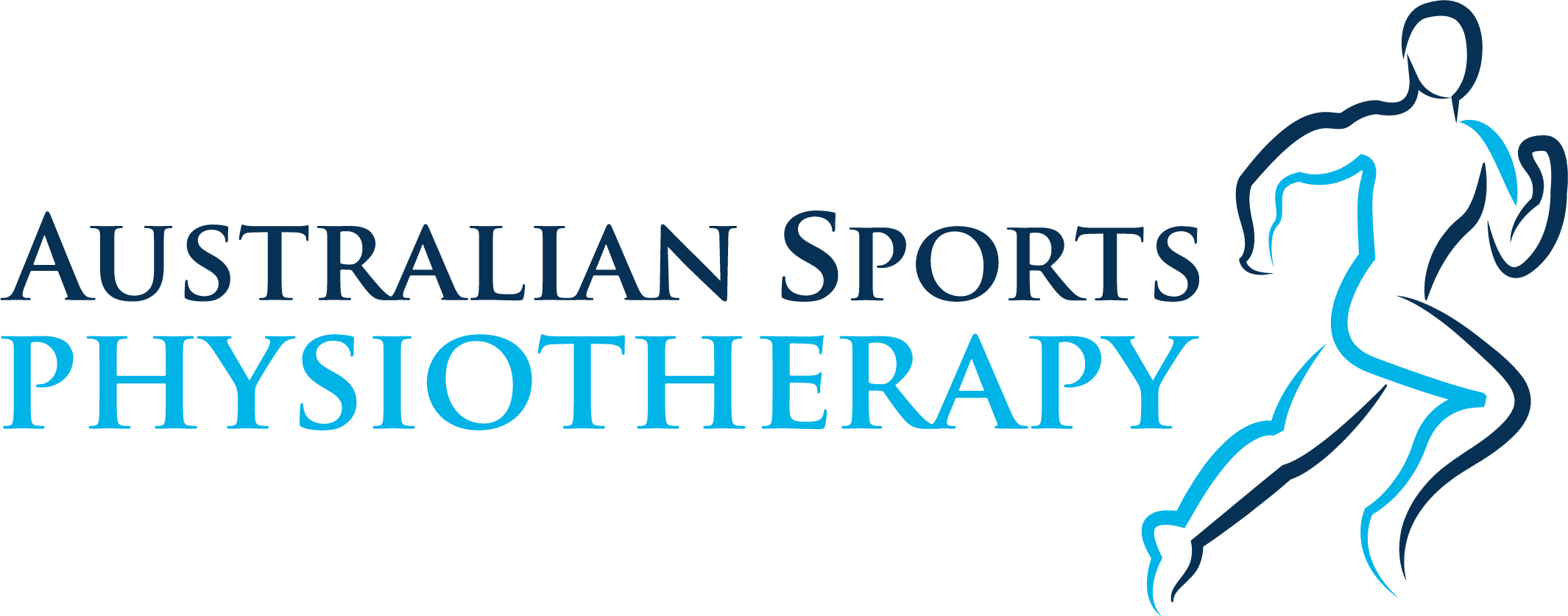Have you ever paused to consider how something as simple as the way you walk could impact your overall health and athletic performance? Your gait—the patterns of movement you create with each step—plays a crucial role in preventing injuries and optimising your abilities.
In an age where fitness is often seen through the lens of rigorous training regimens and advanced exercises, it’s easy to overlook the fundamentals. Gait analysis is gaining recognition as a vital component of health and performance. From seasoned athletes seeking a competitive edge to everyday individuals looking to stay active without discomfort, understanding your gait can unlock a wealth of benefits.
Gait analysis is not just a tool reserved for professional trainers; it’s an essential practice for anyone invested in their health and performance. It offers insights into your biomechanics, highlighting areas for improvement while addressing potential sources of pain or injury.
Whether you’re an athlete, a fitness enthusiast, or simply someone who loves to move, learning about your gait can pave the way for enhanced performance and reduced risk of injury.
What is gait analysis?
Gait analysis is a comprehensive evaluation that assesses how an individual walks or runs. It involves observing and analysing movement patterns to identify any abnormalities or inefficiencies that could contribute to injury or hinder performance.
Gait analysis can be used to assess the health of individuals, diagnose gait disorders, and evaluate the effectiveness of treatments for gait problems. It can also be used to improve athletic performance and to design prosthetic devices.
Gait analysis is therefore a valuable assessment tool for researchers, clinicians, and rehabilitation professionals.
A gait analysis also provides information about your level of strength, mobility, flexibility, and stability, all critical components of training and performance.
Key components of gait analysis
1. Stance phase
This is the period when the foot is in contact with the ground. Therapists look at factors like foot strike pattern, heel-toe transition, and pressure distribution.
2. Swing phase
This is the period when the foot is not in contact with the ground. Therapists examine factors like stride length, hip height, and knee flexion.
3. Shock absorption
The ability of the body to absorb the impact of each step. Therapists look at how well the joints, muscles, and tendons work together to dissipate shock.
4. Balance and coordination
The ability to maintain equilibrium and control body movement. Therapists assess factors like posture, arm swing, and head position.
Benefits of gait analysis
- Injury prevention: Identifying and correcting faulty movement patterns can help reduce the risk of injuries such as stress fractures, shin splints, and plantar fasciitis.
- Performance improvement: Optimising gait mechanics can increase speed, endurance, and efficiency in running and other activities.
- Pain management: Gait analysis can help identify the underlying causes of pain and develop a targeted treatment plan.
- Customised footwear and orthotics: Gait analysis can help determine the best type of shoes and orthotics for an individual’s specific needs.
How gait analysis is performed
Gait analysis typically involves the following steps:
- Initial assessment: A physiotherapist or other qualified professional will review the individual’s medical history and discuss any concerns about their gait.
- Observation and movement analysis: The individual will walk or run on a treadmill or other surface while being observed and recorded.
- Data Collection: Various technologies may be used to collect data, such as video cameras, force plates, or motion sensors.
- Analysis and feedback: The collected data is analysed to identify abnormalities or inefficiencies. The professional will then provide feedback and recommendations for improvement.
Types of gait analysis
There are different types of gait analysis, each with its focus and applications:
- Clinical gait analysis: This is a more comprehensive and in-depth analysis often used for diagnosing and treating injuries or medical conditions.
- Running gait analysis: This focuses specifically on the mechanics of running and is often used by athletes and coaches to improve performance.
- Shoe fitting gait analysis: This is a simpler analysis often performed in running shoe stores to help customers find the right shoes for their feet.
Why is gait analysis important in physiotherapy?
Gait analysis plays a vital role in physiotherapy by providing valuable information for diagnosis, treatment planning, progress monitoring, injury prevention, and research. It helps our physiotherapists deliver personalised and effective care to our patients, improving their quality of life and overall well-being.

Final thoughts
Understanding your gait isn’t just for athletes; it’s for anyone who wants to stay active and injury-free.
By taking the time to analyse how you walk and make the necessary adjustments, you can unlock your true potential, enhance your performance, and enjoy a more fulfilling, pain-free life.
So lace up those shoes and step into a world where your walking technique works for you, not against you. Your body will thank you!
